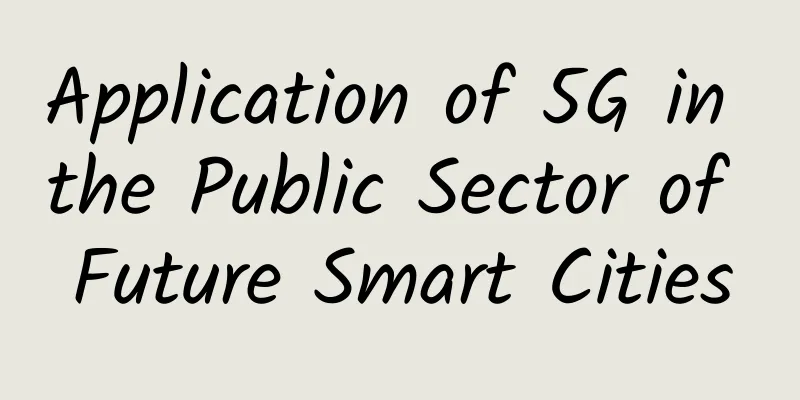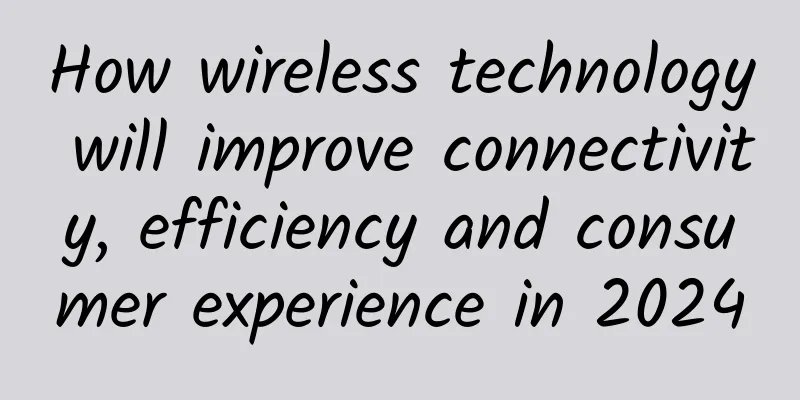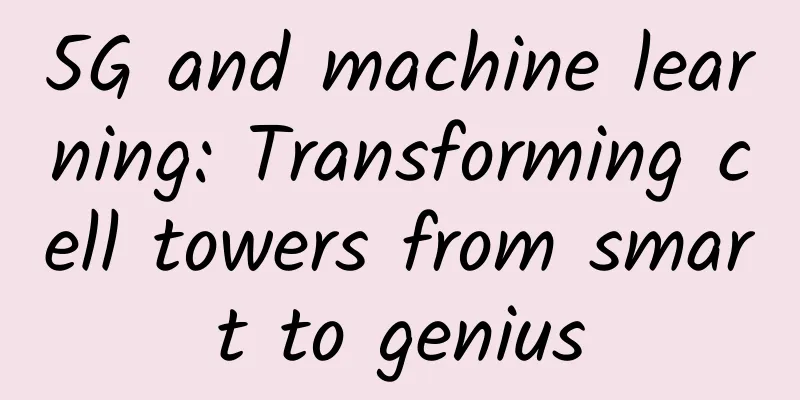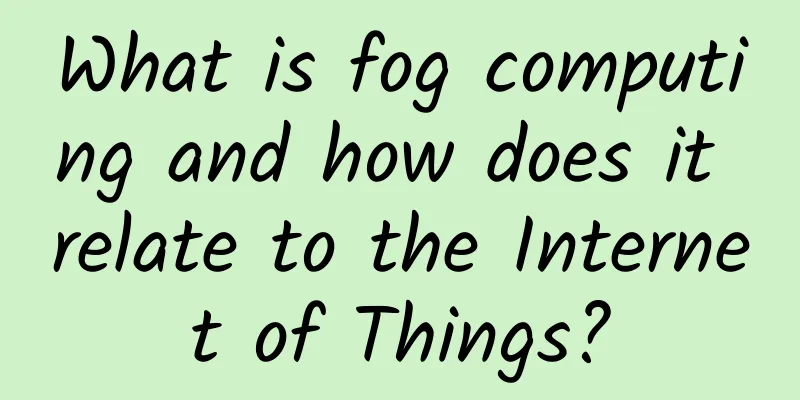Application of 5G in the Public Sector of Future Smart Cities

While the Internet of Things has revolutionized industrial operations, including manufacturing and healthcare, local governments around the world are looking to new technologies to build the smart cities of the future. However, infrastructure development in urban areas requires more than just the use of smart IoT devices. A high-performance, end-to-end and scalable connectivity framework is key to success. According to new research from Aberdeen Strategy and Research, 48% of organizations see 5G as a key driver behind connectivity and modernization initiatives. According to the GSM Association, it is expected that one-third of the world's population will have access to 5G networks by 2025. The National Telecommunications and Information Administration (NTIA) recently began repurposing at least 1,500 MHz of available spectrum for 5G satellite, mobile, and broadband connectivity in the country. In addition, Vodafone reported progress on open RAN infrastructure trials in North America and Europe, with a bid process expected to begin in 2024. The European Commission has allocated €200 million in funding in January 2023 for smart cities, healthcare, manufacturing and agriculture. When looking to implement 5G public sector solutions, organizations should look for services with high reliability and scalability, leveraging government assistance and funding for specific use cases while leaving more room for smart city innovation. Partnering with organizations that have experience in city implementations can also prove beneficial. Application of 5G technology in urban environmentOne of the main advantages of 5G technology is its high-speed data transmission capability. 5G can support many devices and sensors at the same time, collecting and analyzing data on various aspects of urban operations, including traffic flow, air quality and energy consumption. People can use this information to optimize infrastructure and make cities more efficient and sustainable. For example, 5G-enabled sensors monitor traffic in real time, allowing traffic signals to be optimized to reduce congestion and improve air quality. Similarly, 5G-powered smart grids can help cities efficiently manage energy use, reduce carbon emissions and promote sustainable development initiatives. Public service entities, including local governments, fire departments, and police departments, can take advantage of better communications and monitor them through smart devices, thereby enhancing the user-friendliness of transportation, public safety, transportation infrastructure, and public buildings. In addition, according to Aberdeen Strategy and Research, leading companies investing in IoT and connectivity technologies are 20% more likely to implement 5G solutions. In addition, 5G can also help develop new products and services that benefit city dwellers. For example, it can support the development of smart homes and buildings that control and optimize energy consumption. 5G can also promote the development of cutting-edge transportation services such as drones, self-driving cars and drones, which are expected to revolutionize urban transportation in the near future. In addition to the benefits for city residents, 5G can also help cities become more resilient in the face of natural disasters and other emergencies, significantly improving the efficiency of first responders. Similarly, according to Aberdeen Strategy and Research, 60% of public sector entities have witnessed better safety outcomes through faster network connectivity technology. For example, 5G-enabled sensors can monitor infrastructure and detect faults and other abnormal operations, allowing for early detection and repair through superior situational awareness. 5G can also support real-time communication and coordination systems, allowing city officials to respond to emergencies faster and more effectively. While public sector entities cannot easily develop and implement such cutting-edge technologies on their own, by partnering with specialized service providers dedicated to 5G technology, smart city solutions can be deployed more quickly. Challenges of implementing 5G5G Network Infrastructure Challenges Source: Aberdeen Strategy & Research Despite its potential benefits, deploying 5G technology in urban areas faces significant challenges. One of the most critical challenges is the need for significant infrastructure investment, including the installation of new base stations and fiber optic cables. Right now, areas with 5G coverage are still rare. 5G-enabled devices are also rare. Overall, the rollout has been relatively slow. A large part of the 5G network has very complex infrastructure and technical requirements. City managers need a lot of help hiring enough qualified professional technical talent to handle such infrastructure, which makes the existence of disconnected systems and tools a notable problem. It is important that city managers address data privacy and security concerns to ensure that data collected and transmitted by 5G-enabled devices has adequate safeguards. Malicious actors could take advantage of the transition to 5G if protections are not in place. The Internet of Things, augmented reality, virtual reality, and cloud service providers will rise faster with adequate protection. In summary, 5G will play a key role in urban development and operations. Using advanced technology capabilities, public sector leaders can extract and analyze data on different aspects of infrastructure and urban lifestyles, and build new services and products accordingly. However, security and privacy issues need to be addressed, as well as significant infrastructure investments, to provide comprehensive benefits to the community. |
<<: I am confused. If I want to store IP addresses, what data type is better?
>>: Enterprise Servers, Storage, and Networking: The Building Blocks of Modern IT Infrastructure
Recommend
Yecao Cloud Labor Day Promotion: Hong Kong BGP line VPS special price from 88 yuan per year, Hong Kong dedicated server from 199 yuan/month
Yecaoyun has already started the Labor Day promot...
Digital-vm 50% off, US/Japan/Singapore VPS monthly payment starts from 3 USD, 1-10Gbps unlimited traffic
There is only half a month left in 2023, and vari...
"Building Intelligent Computing Power to Empower the Digital Economy"——2021 Ascend AI Server Product Launch Conference Successfully Held in Beijing
Spring brings blessings, and everything is glorio...
Case sharing | Application and construction of Ruishu dynamic security hyper-convergence platform in the financial industry
The process of financial digitalization is accele...
With costs increasing by 30%, will mobile phone prices rise across the board?
This year is the explosive growth period for 5G c...
How is LOCVPS? Simple test of LOCVPS Hong Kong Kwai Wan VPS
Among the Chinese merchants shared in the blog, L...
Wu Hequan, Academician of the Chinese Academy of Engineering: 5G new infrastructure faces five major challenges
At the "5G and Network Development Strategy ...
TmhHost Hong Kong CN2 high-defense server online and simple test
TmhHost recently launched the Hong Kong CN2 high-...
Actual combat: Can you believe it? Two VRRP hot standby gateways were installed in the operator's central computer room at the same time, but they fought with each other and caused the entire network to explode!
The case shared in this issue is related to VRRP ...
How O-band technology can help overcome implementation barriers from 5G to 6G
The 5G communications protocol was developed in 2...
After China leads the world in 5G, beware of being "led by the pace"
From the blank of 1G to the comprehensive leaders...
OneTechCloud VPS hosting 20% off, Hong Kong CN2/CMI large bandwidth/US CN2 GIA/high defense, etc.
OneTechCloud has updated this month's discoun...
What else does 5G have besides being fast?
The chaos in the domestic communications industry...
Yunfan Accelerator CEO Tong Yongyue resigns, founder Wang Xijie takes over and sets sail again
[51CTO.com original article] On November 23, 2017...









